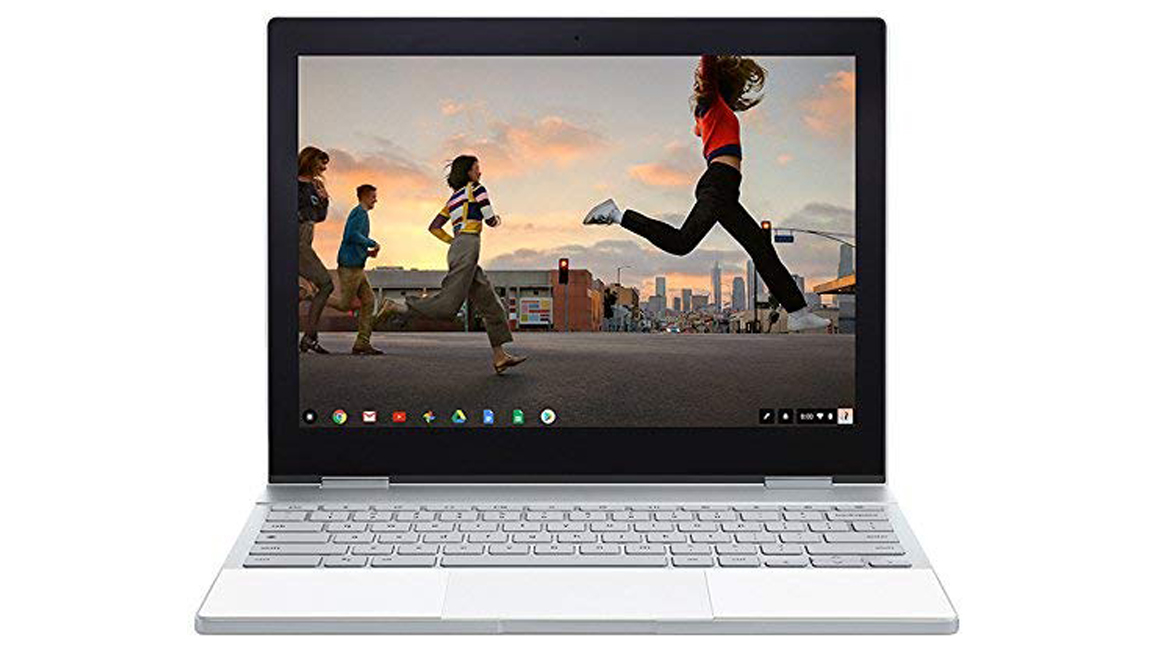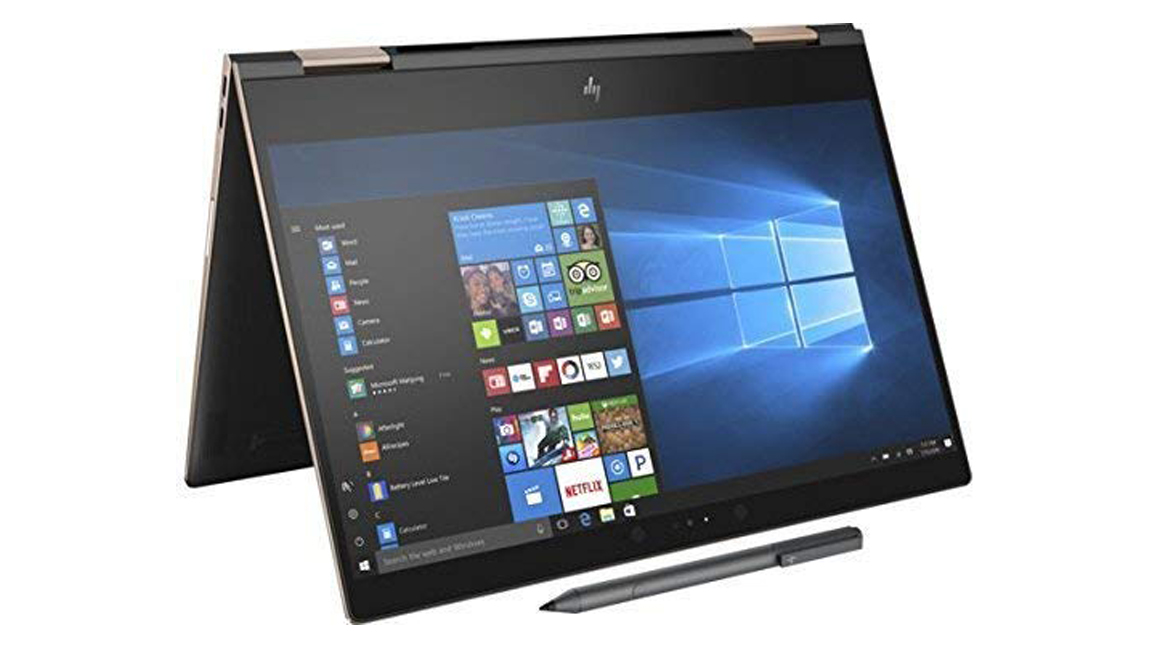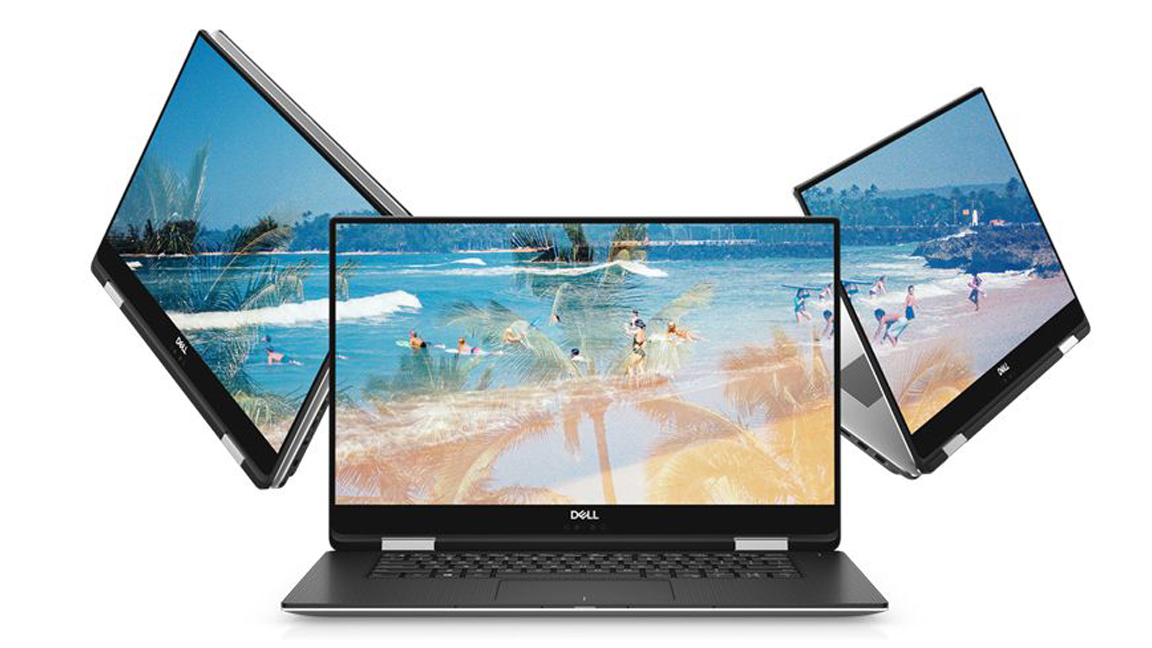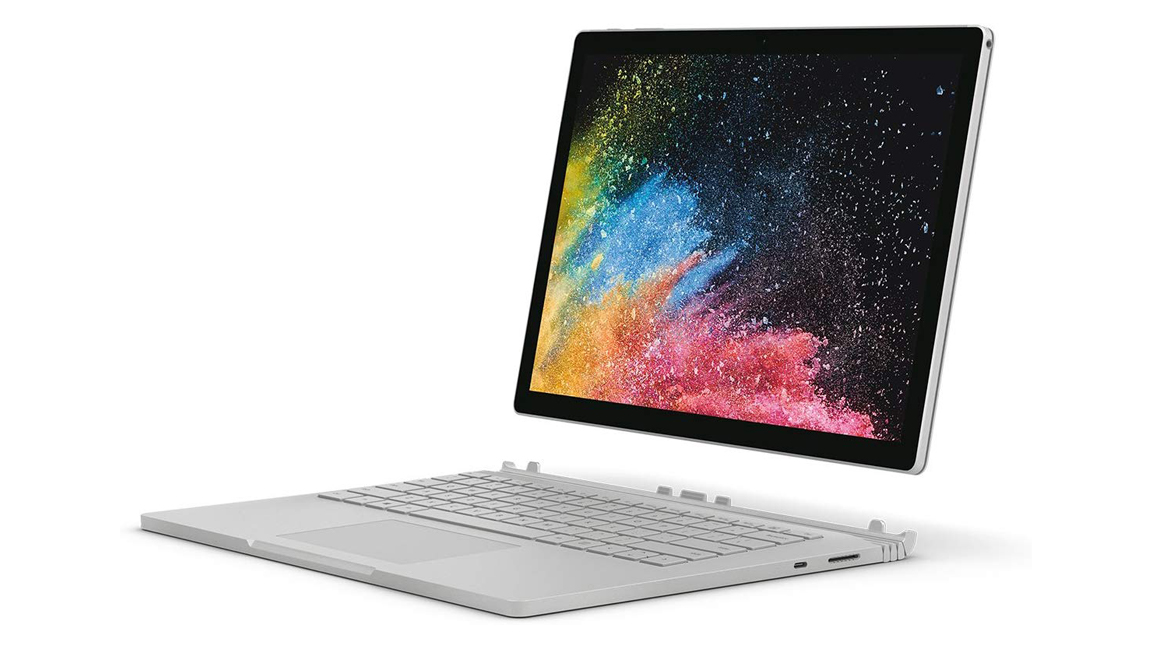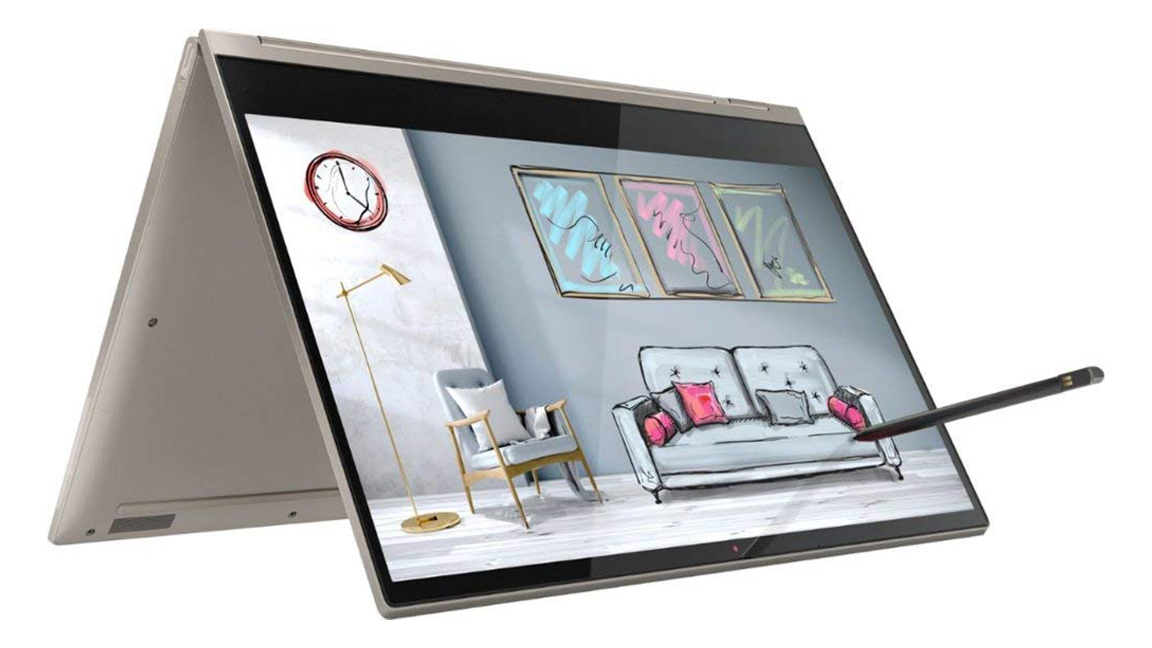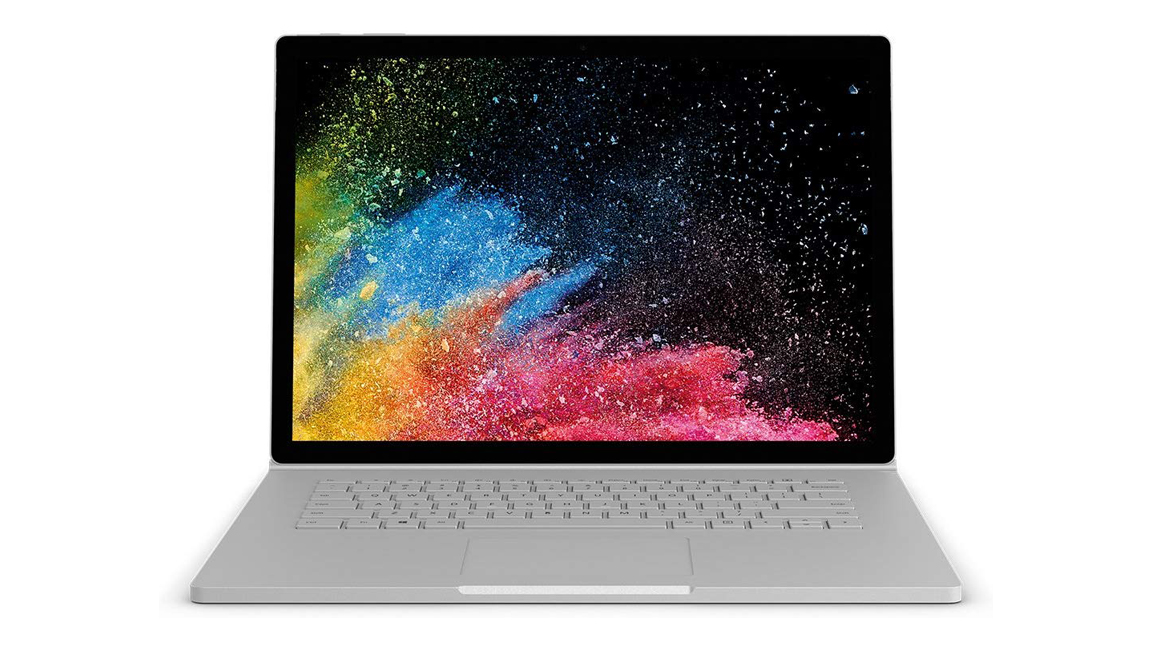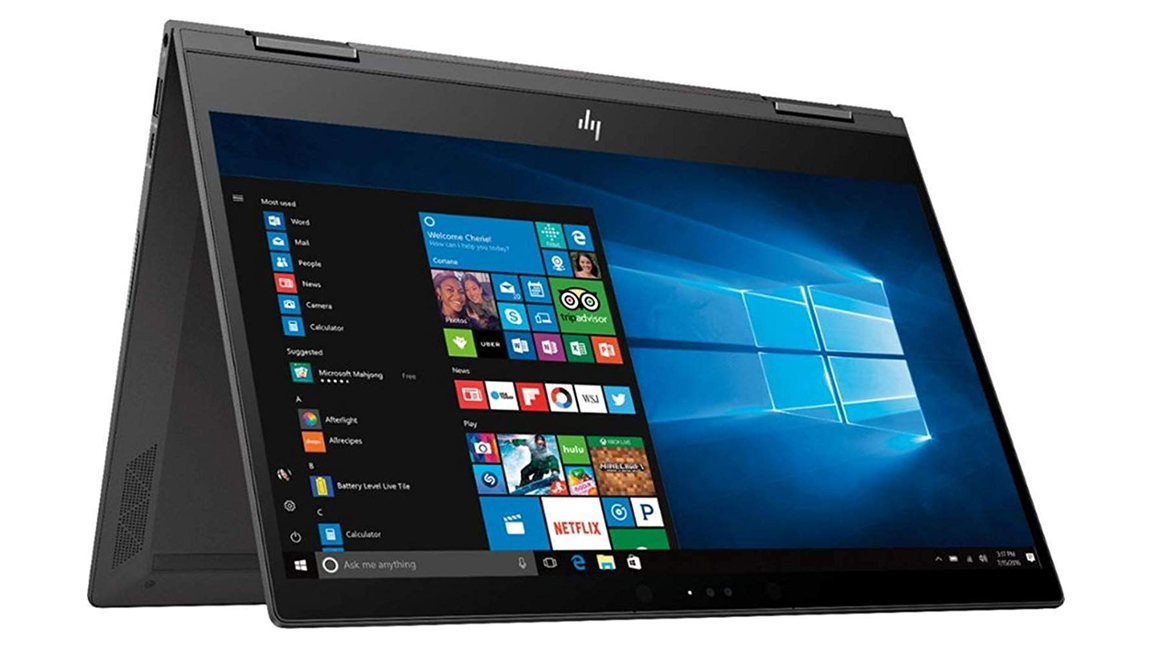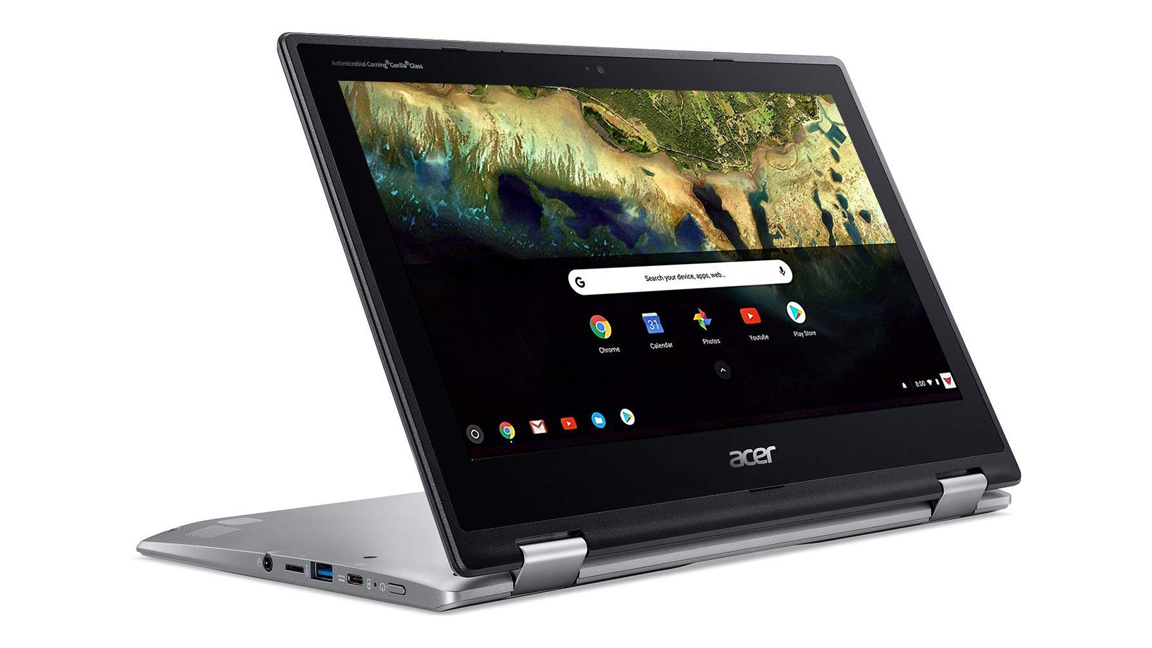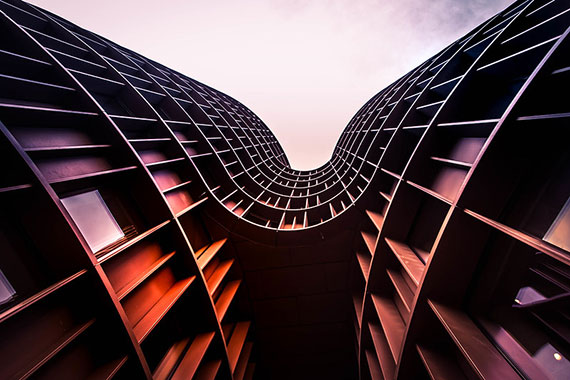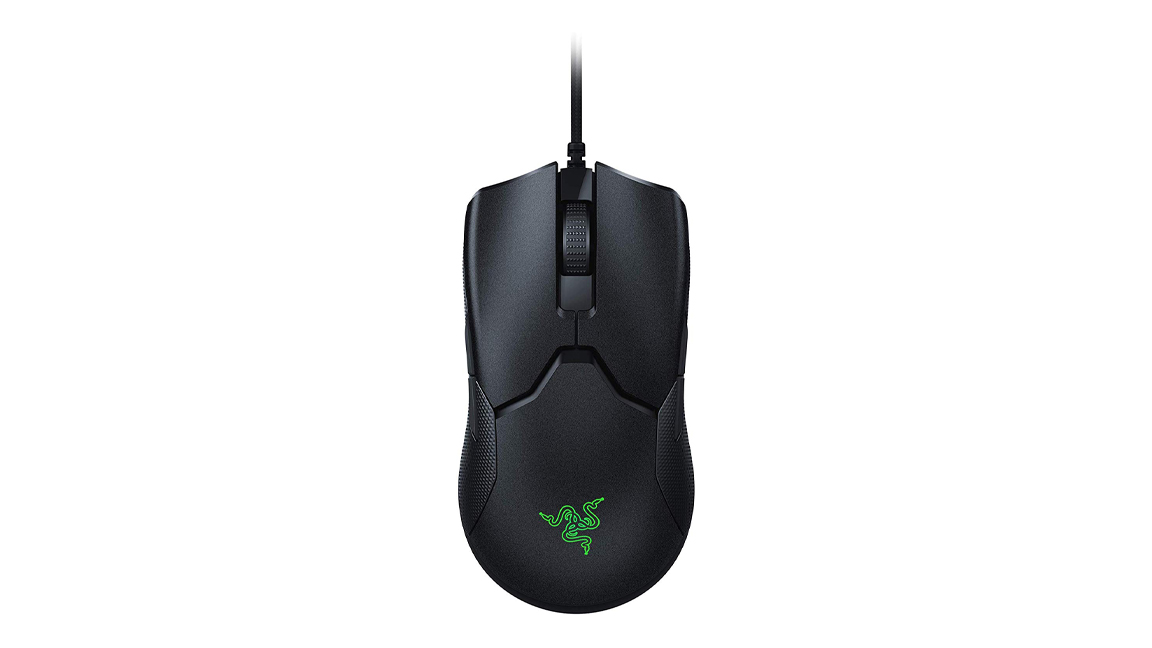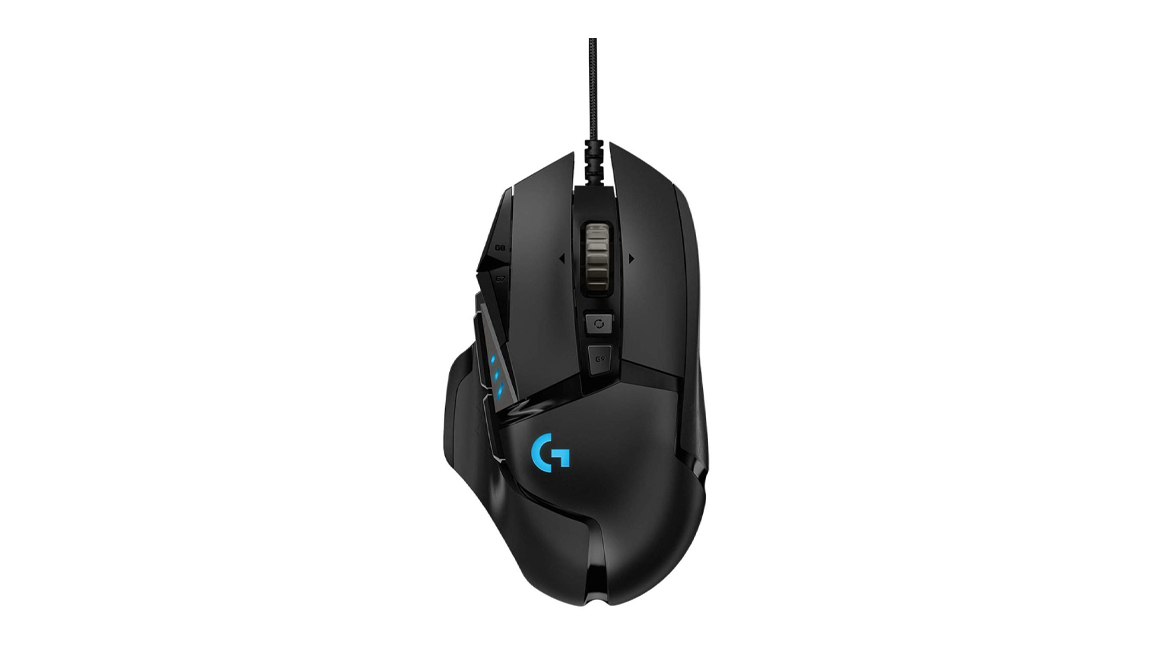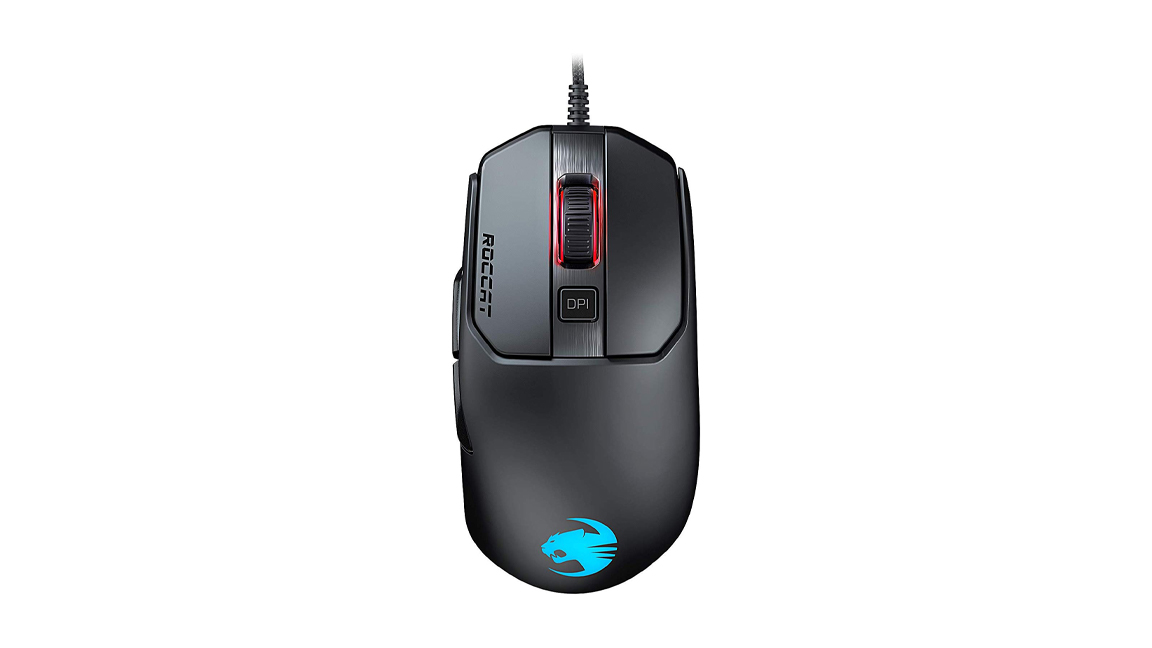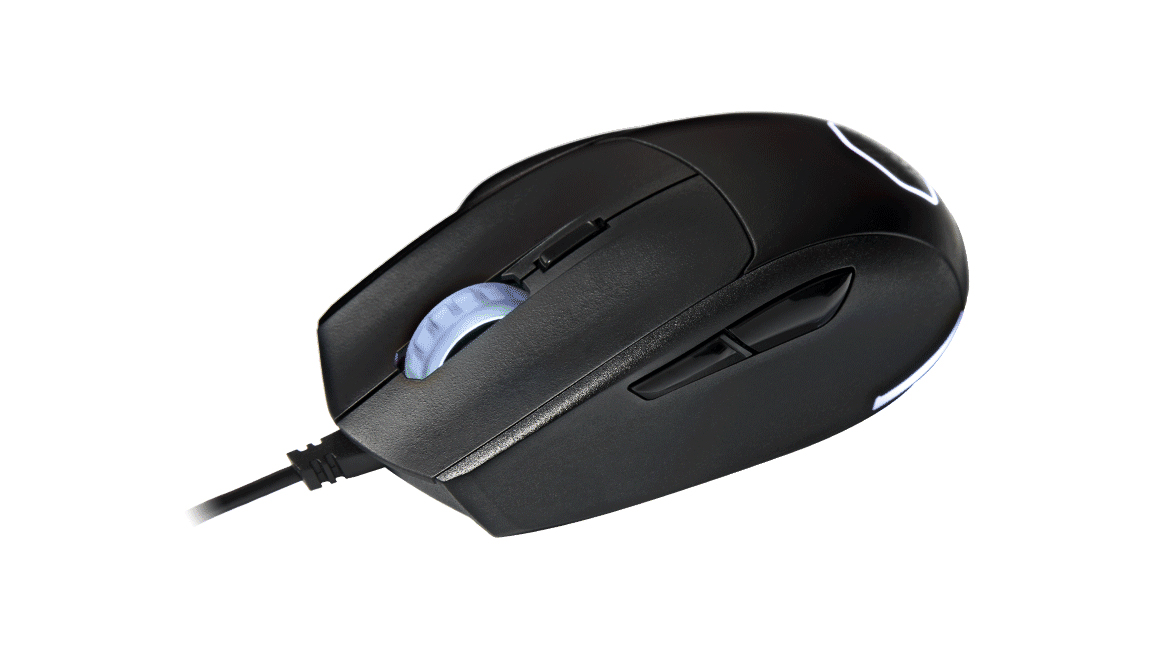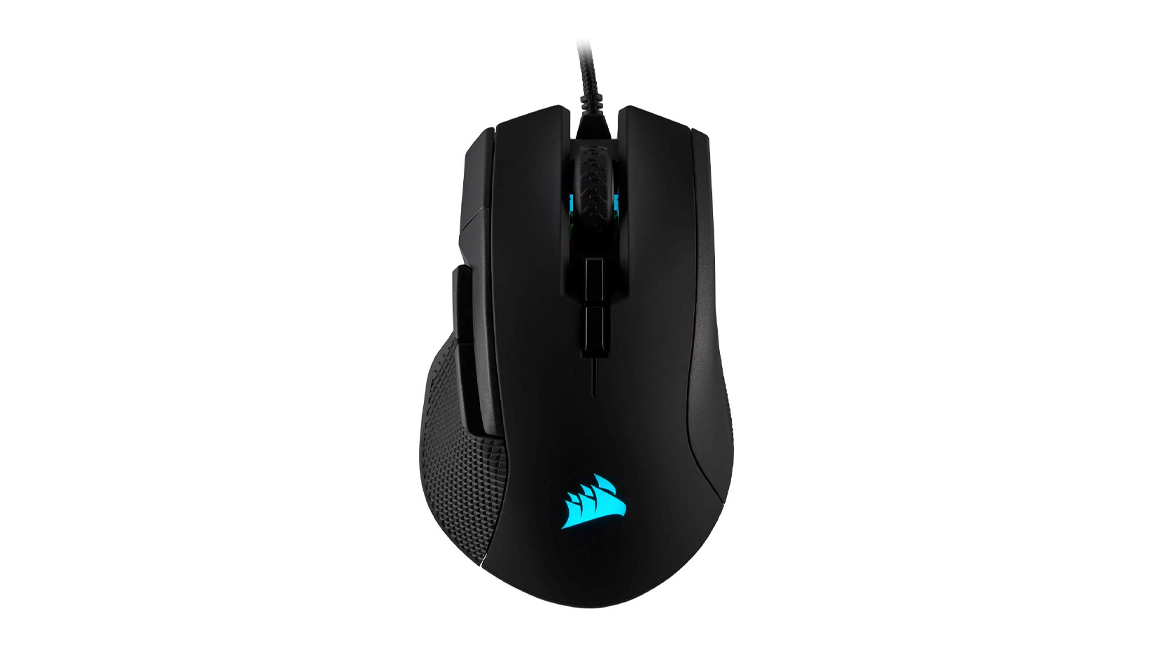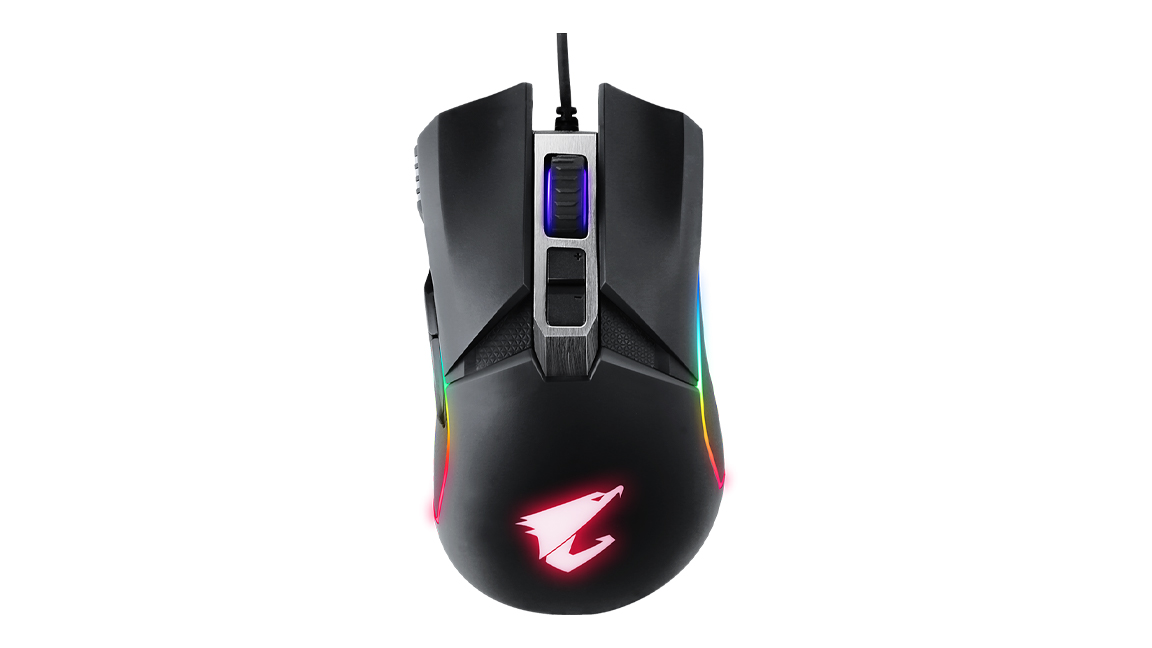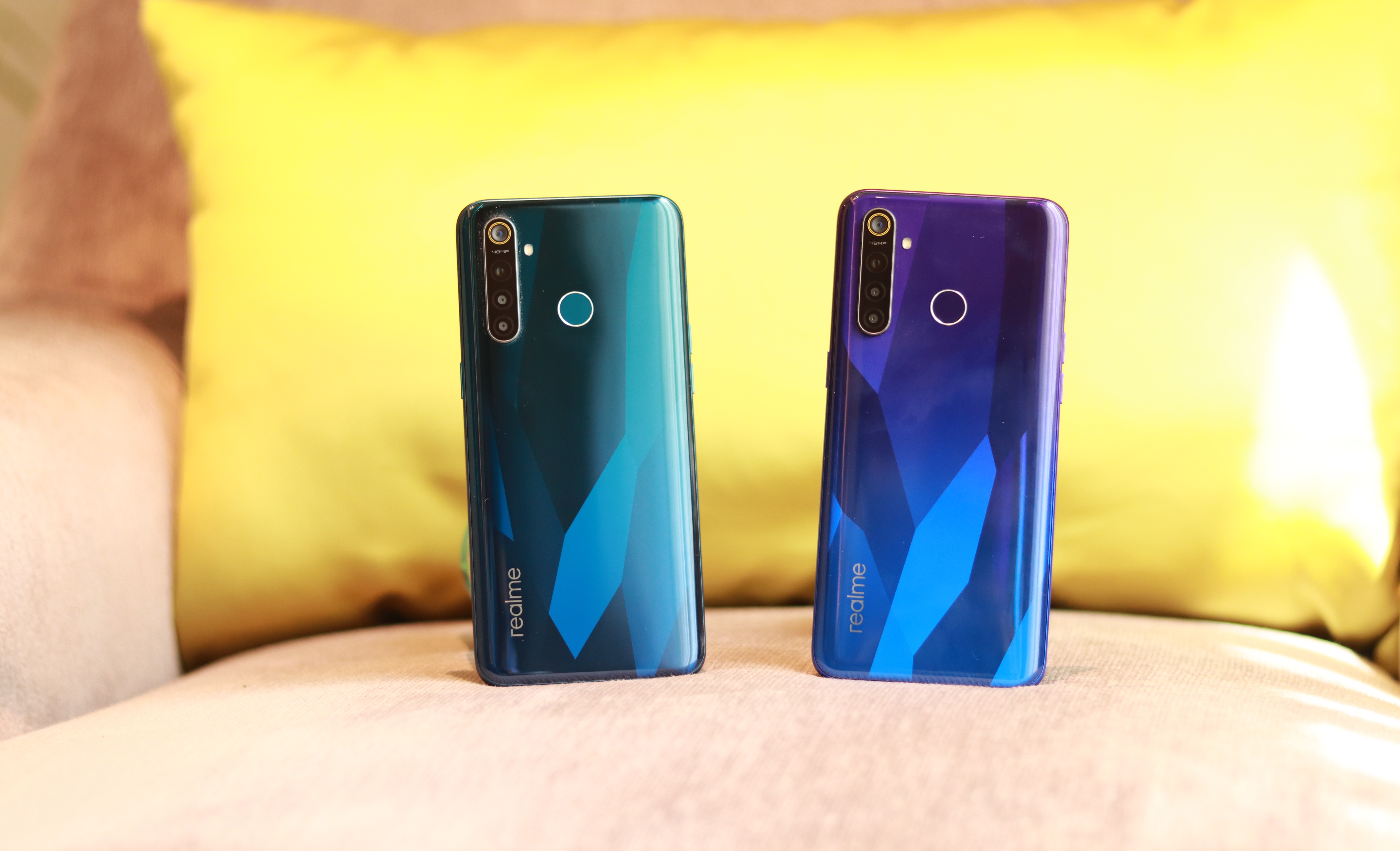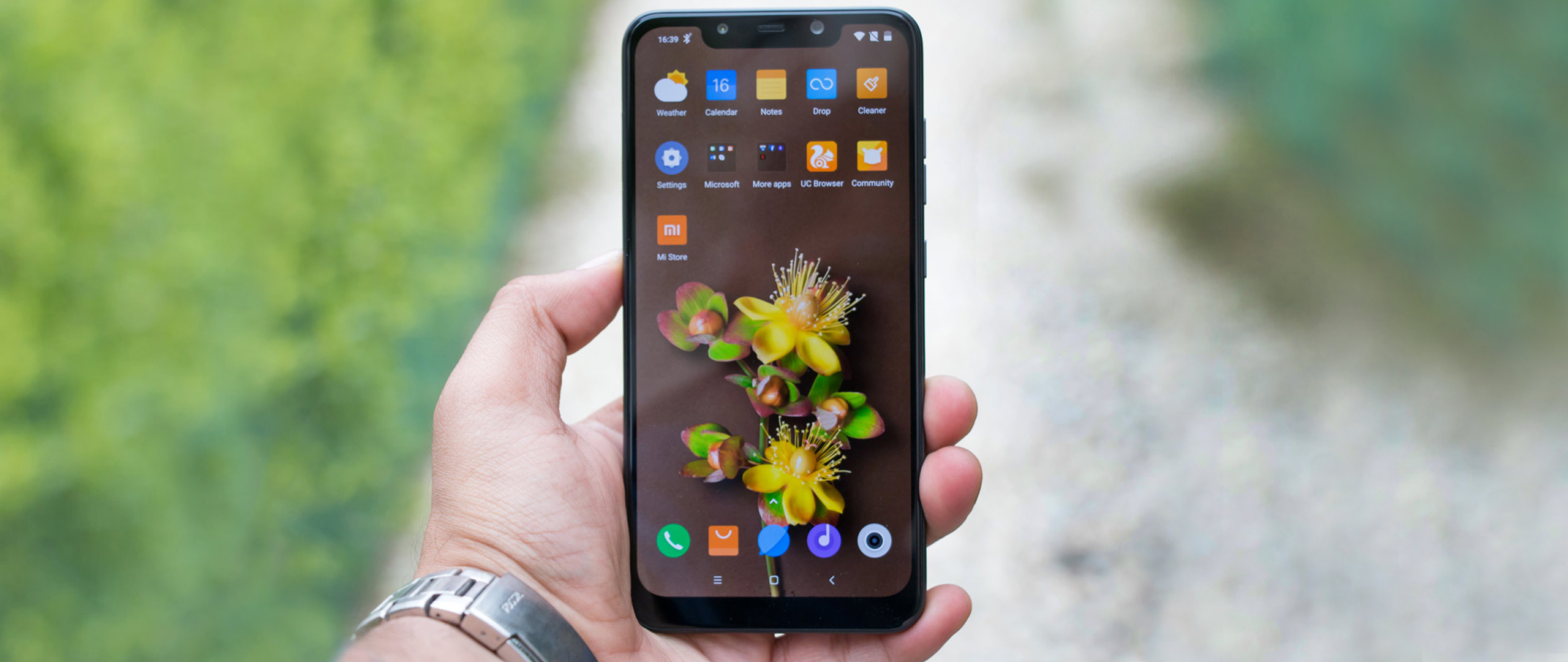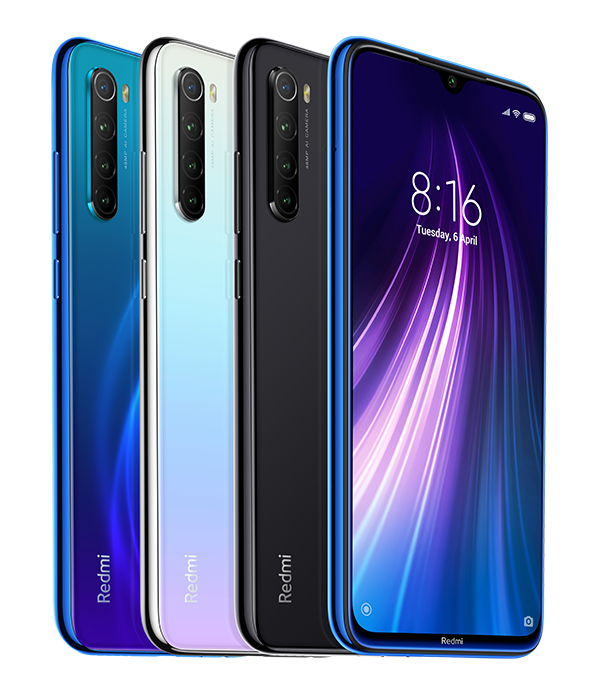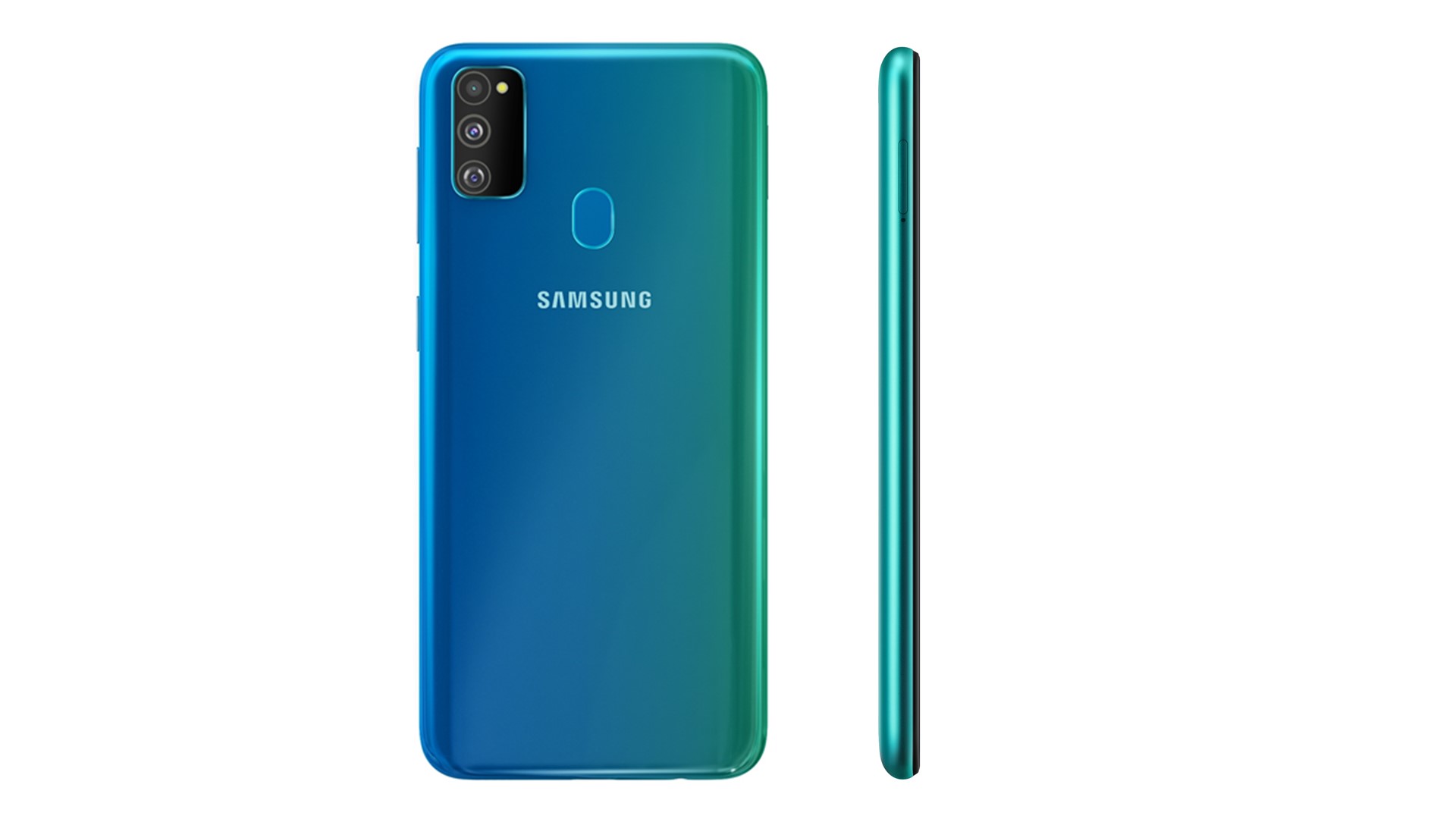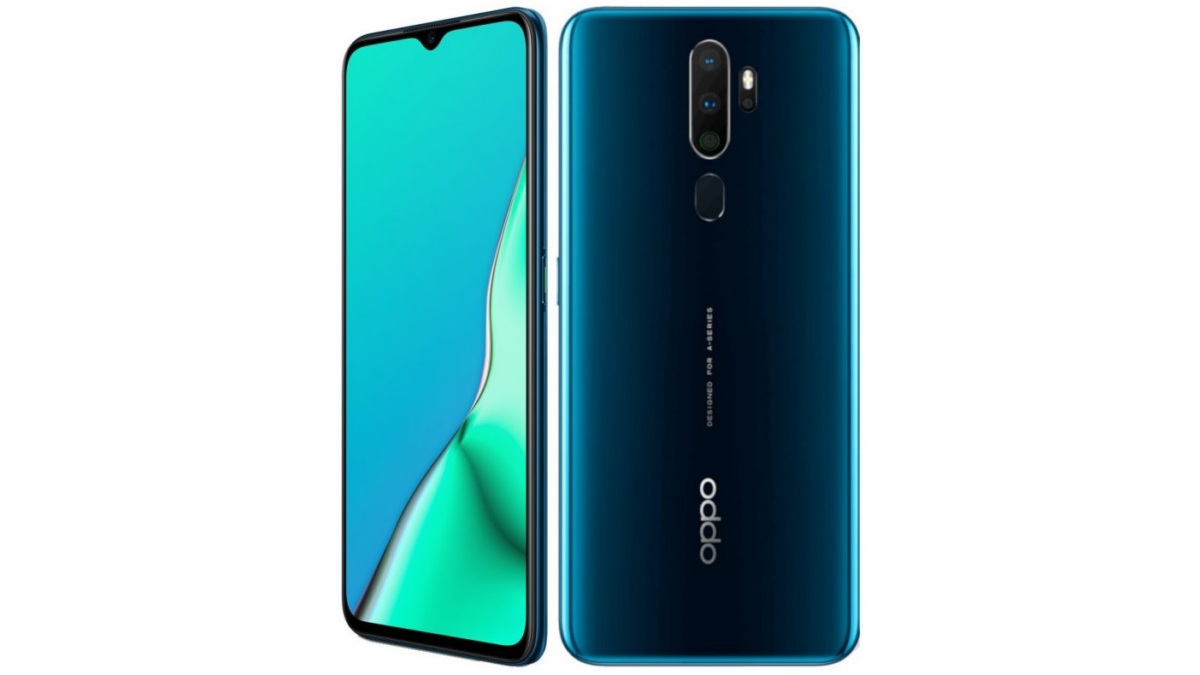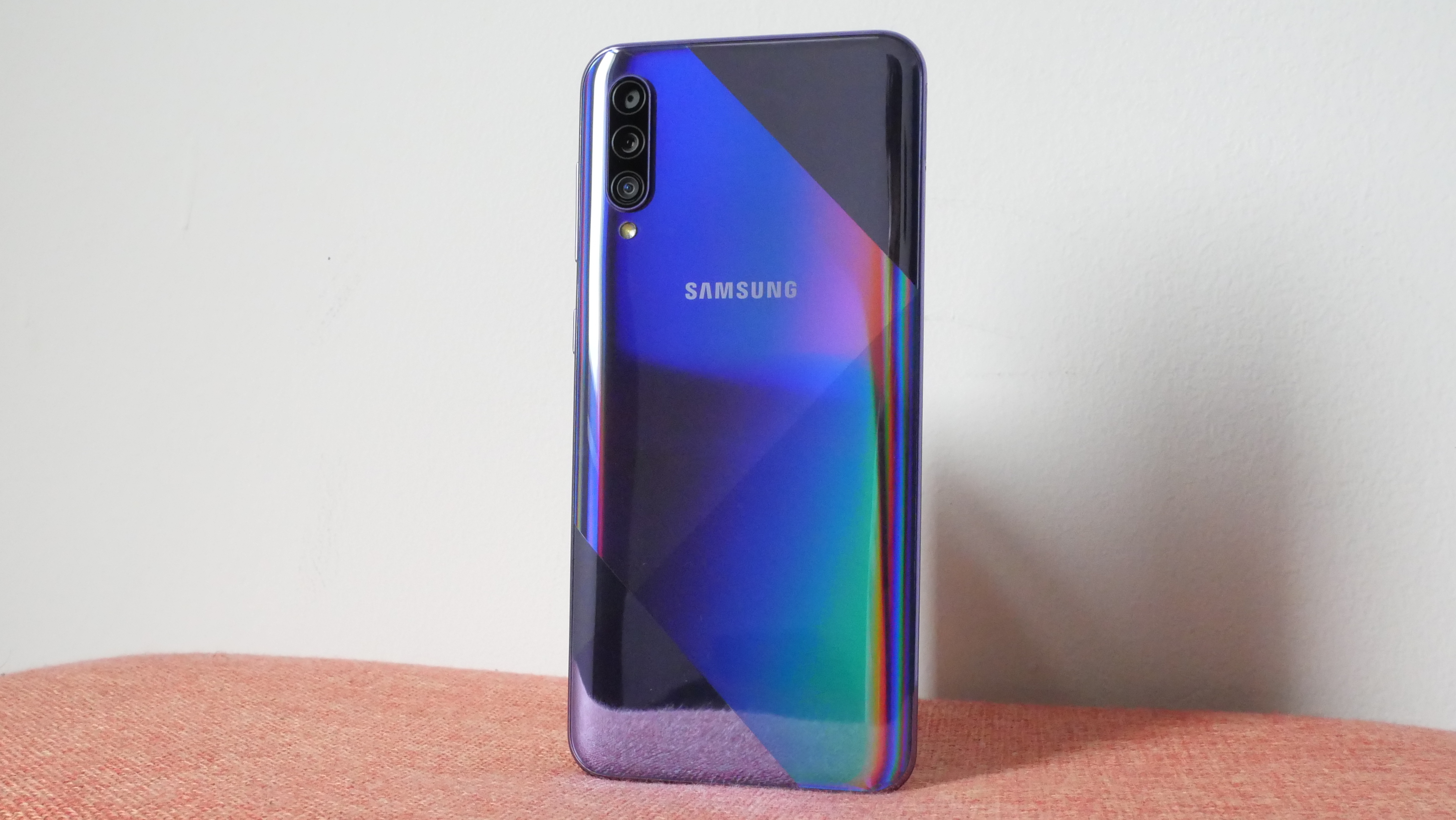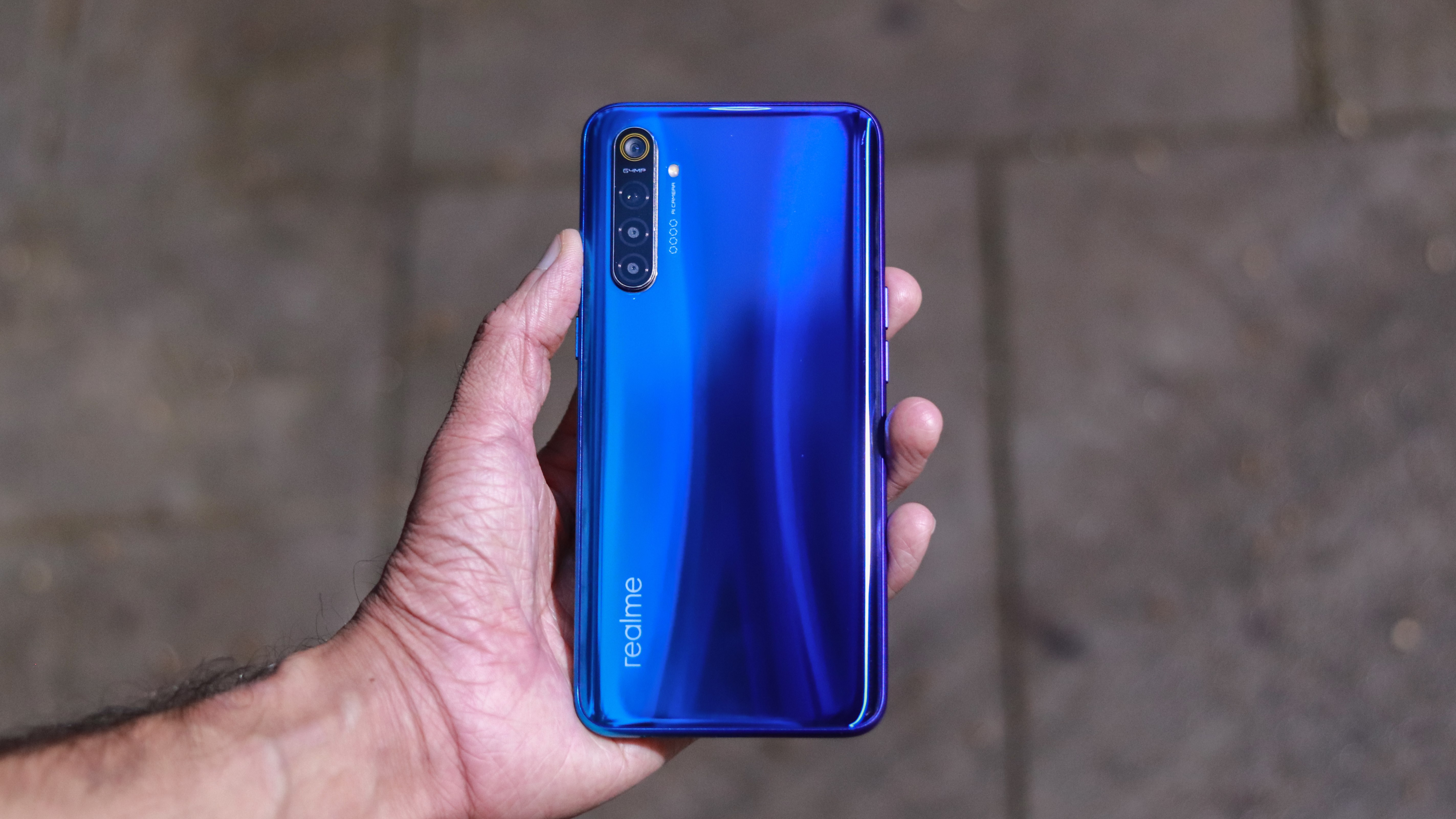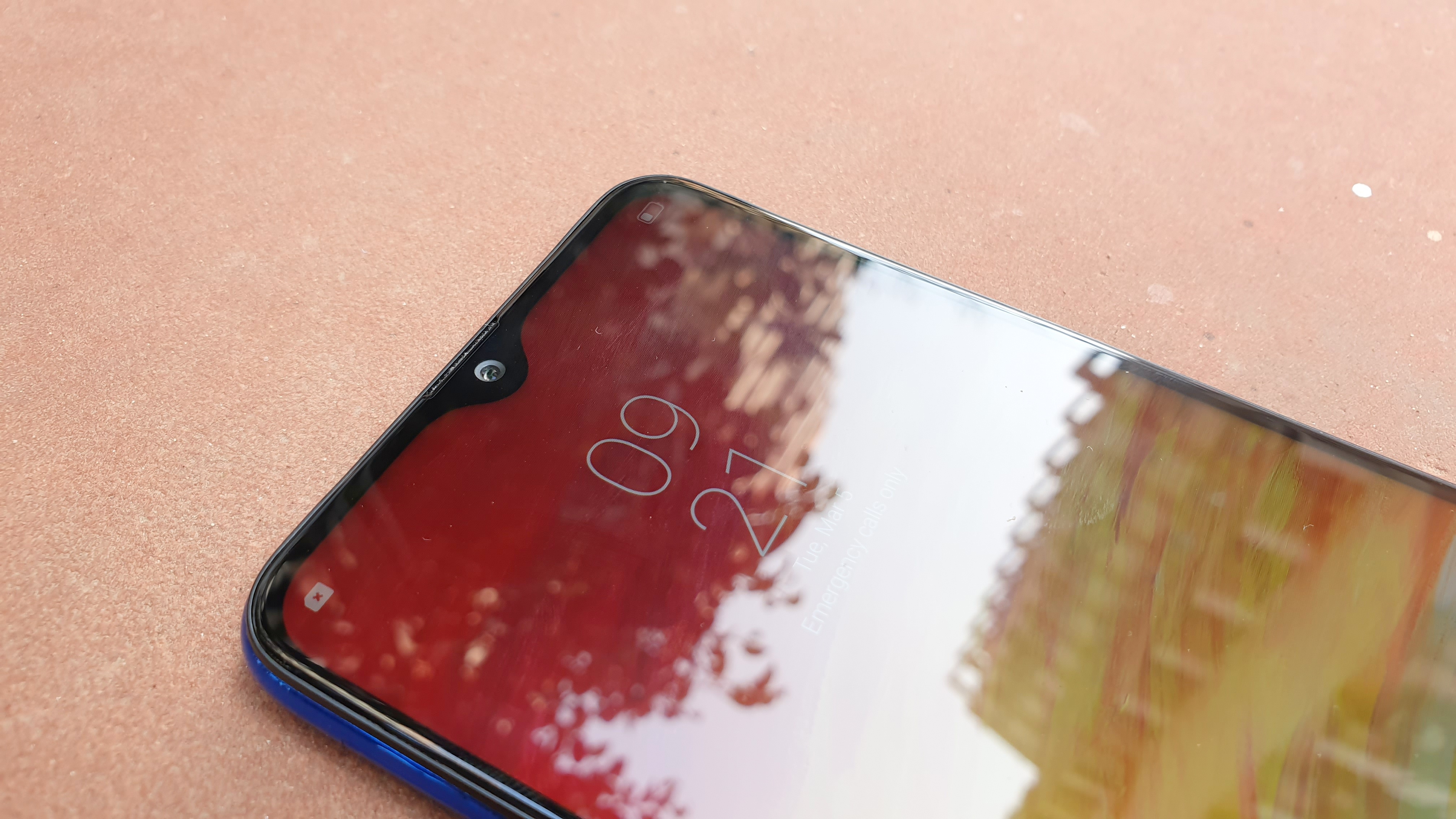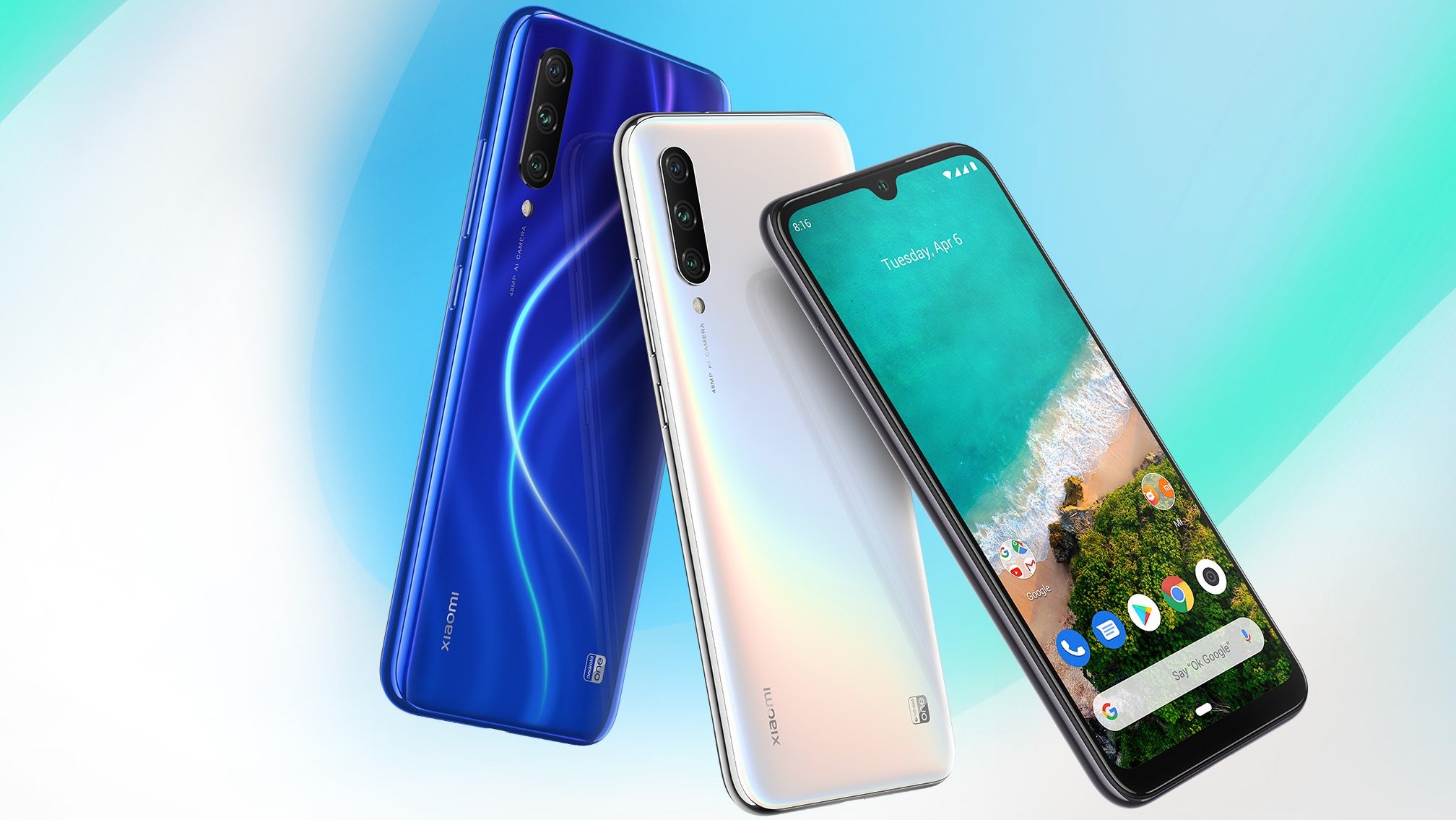The post How to Achieve the Perfect White Balance in Lightroom appeared first on Digital Photography School. It was authored by Simon Ringsmuth.

Achieving the perfect white balance in your pictures can seem like a futile gesture. Don Quixote tilting at windmills is as nothing compared to finding the harmony that exists somewhere between 2,000 and 10,000 Kelvin! Photographers have wasted away before it, entranced by what they have seen, or been driven mad by their desire to get their pictures looking pixel-perfect with the ideal white balance that seems ever just out of reach. Fret not! With a few tips on adjusting white balance in Lightroom, you’ll be turning out beautiful photos in no time.

Understanding white balance can be a little tricky, but basically, what you are doing is giving your camera or computer a reference point to calculate all the colors in an image. It’s similar to explaining the size of something like a box or a bowl. Unless you have precise measurements, you need to compare it to a common object, so people have a frame of reference.

White balance is like a banana: it’s a reference point.
Digital cameras use white balance as a way of knowing how all the colors in an image should appear. It’s true north on the color compass, so to speak, and helps inform the values for every other color in the image. By using white balance as the foundation for color calculation, your camera will then adjust what everything else is supposed to look like.
Since colors change under different lighting conditions, white balance is often the key to getting your pictures to look just how you want them.

Temp: 5250K, +39 Tint
The image above has a crisp, bright appearance that seems fitting after a midsummer rain shower. This is mostly due to setting the white balance to mimic the tones of natural daylight.

Temp: 7274K, Tint +26
A change in the Temperature and Tint resulted in an image that seems as though it was shot in the early morning, or perhaps in a warmer climate. This one feels more comforting, while the top photo might be more true-to-life.
All cameras have an Auto white balance setting, which tries to interpret color based on an analysis of the perceived lighting conditions at the time a shot is taken. However, that doesn’t mean it’s the correct white balance. It’s just one particular value that your camera thinks might be appropriate given the algorithms it has been programmed with by the manufacturer.
The nice thing about white balance is that, like almost everything artistic, it’s entirely subjective. You can make your white balance be whatever you want! It’s a tool to make your pictures look not how someone else thinks they are supposed to look, but how you want them to look. Realizing this helped me immensely over the years, and refocused my editing process altogether. No longer do I look for the correct white balance, but instead, I try to find an accurate white balance given how I want my pictures to appear.

Shoot in RAW
You can use myriad tools to set your white balance at the time you shoot your pictures. Most cameras have presets like Sunny, Cloudy, Fluorescent, etc., to make sure your white balance is properly calibrated for your given shooting conditions.
However, the option that gives you the most creative freedom isn’t any of these at all. It’s the Photo Quality setting, and the first step to achieving white balance nirvana is to shoot in RAW. This lets you fine-tune the white balance ex post facto so you can edit and tweak in Lightroom rather than worrying about getting it right when you click the shutter.

Adjust the sliders in Lightroom left or right to change the color temperature and tint. Click the eyedropper to select a neutral color for setting the white balance. Use the Select Menu in the top-right to access various white balance presets.
Post-processing is where the real fun begins because when you shoot in RAW, you can edit your picture however you want. If you want your pictures to look warmer, you can adjust the white balance sliders accordingly. If you prefer a cooler look, you can do that too. The point is there is no correct value for white balance on any given picture – the end result is what matters. What that looks like can be entirely up to you.
Setting white balance in Lightroom
Changing white balance in Lightroom is fairly simple, but there are various options you can use to make the process easier and more customizable.
I like to start with the Eyedropper Tool, which lets you specify white balance by clicking on an area of your photo that is almost white. You’ll get the best results if you click on a slightly gray area. As you hover the eyedropper around your picture, you will see a preview of the results in the top-left corner.

When selecting a target neutral color, look for a portion of your image that is slightly gray and not pure white. This is just a starting point though and should not be thought of as the final word on white balance.
Finally, you can specify your own white balance just by dragging the Temperature and Tint sliders left and right. You can streamline your editing process by copying and pasting the values into other pictures or use the sync feature to instantly apply them to an entire batch.
Finally, the way to set white balance is by using the preset options in the drop-down menu. These options are just preset values for the Temperature and Tint sliders similar to the white balance in any digital camera.

Creative customization
The mechanics of changing white balance are one thing, but the effect of changing white balance is another matter entirely. Say it with me: there is no such thing as correct white balance. Instead, your goal should be to create an accurate white balance – one that reflects your artistic intentions in terms of color, mood, and emotion.
Consider the following picture as an example. I shot this file in RAW and this is the result using Auto White Balance.

Temp: 4650K, Tint: +30
It looks fine, and there’s nothing wrong with the picture, but look what happens with a few clicks of the Temp and Tint sliders. I raised the Temperature and lowered the Tint, and the result is an entirely different image.

Temp: 6758K, Tint: -9
This version feels much warmer and more intimate than the original, almost like rain has fallen on a parched plant. To change the image again, we can adjust the sliders for different values.

Temp: 3448K, Tint: +38
In the final version, the viewer is left wondering if those are drops of water or ice. The picture feels cold and distant and evokes an entirely different emotion than the second version.
Which image is the right one?
They all are, and for different reasons.
The point is to know what effect white balance has on your pictures and understand how to change it to get your images to look how you want them to look.
I use this technique all the time when shooting portraits. I used to fret and worry about finding the best white balance for each of my pictures when, in truth, I was putting the white balance cart before the emotional horse. Instead, I now ask myself what I want my clients to feel when they look at their pictures and then adjust white balance (along with other settings) accordingly.
The image below has been processed using Auto white balance.

Temp: 6000K, Tint: +1
Much like the previous example with water drops on leaves, the results here aren’t bad. It’s a perfectly serviceable image that the client would probably be happy to have in their home. However, a few clicks on the white balance sliders can have a dramatic impact.

Temp: 8285, Tint: +5
This picture has a warmer tone and feels more comfortable. One might argue that the top picture is more true-to-life, while another person could prefer the saturated tones of the lower. The options for adjusting white balance, as with anything in photography, are endless. However, the point is to create an image that is pleasing to you.
Take a break
You might look at any of the examples in this article and immediately prefer one particular white balance setting over another. This happens to me during much of my editing sessions, as well. I find myself drawn to one version of a picture while entirely disregarding another. I find, walking away from my computer to reset my eyes is the best option.
After a brief respite from editing, I often find my initial editing preferences dashed to pieces. It helps me see my photos with a set of fresh eyes, especially after removing myself from technology even for just a few minutes. I often find that photos take on an entirely different appearance when coming back to them from a break. I will usually try new things with white balance that I didn’t think of initially.

Temp: 5500K, Tint: +11
In the photo above, I went back and forth from warm to cool and back again before settling on a middle-ground approach that I preferred. If I had gone with my original instinct, I don’t think I would have liked the final result. Shooting in RAW, as well as trying different white balance options and finally taking a break from editing altogether, helped me arrive at what I felt was the best result.
How to Achieve the Perfect White Balance in Lightroom: Conclusion
Ultimately, the subjective nature of something as fundamental as white balance can seem a little scary. If there is no correct value, how can you even know where to start? There’s nothing wrong with using Auto, but I encourage you to experiment and try new settings you might not have thought of.
Just because your phone or your computer tells you that your picture should have a certain white balance doesn’t mean that’s the correct value. There is no correct value with creative editing! Tweaking and customizing the white balance is a great way to have creative control over your images to make them look the way you want.
Do you experiment with your white balance in Lightroom? Share with us your thoughts in the comments!
The post How to Achieve the Perfect White Balance in Lightroom appeared first on Digital Photography School. It was authored by Simon Ringsmuth.

Digital Photography School


